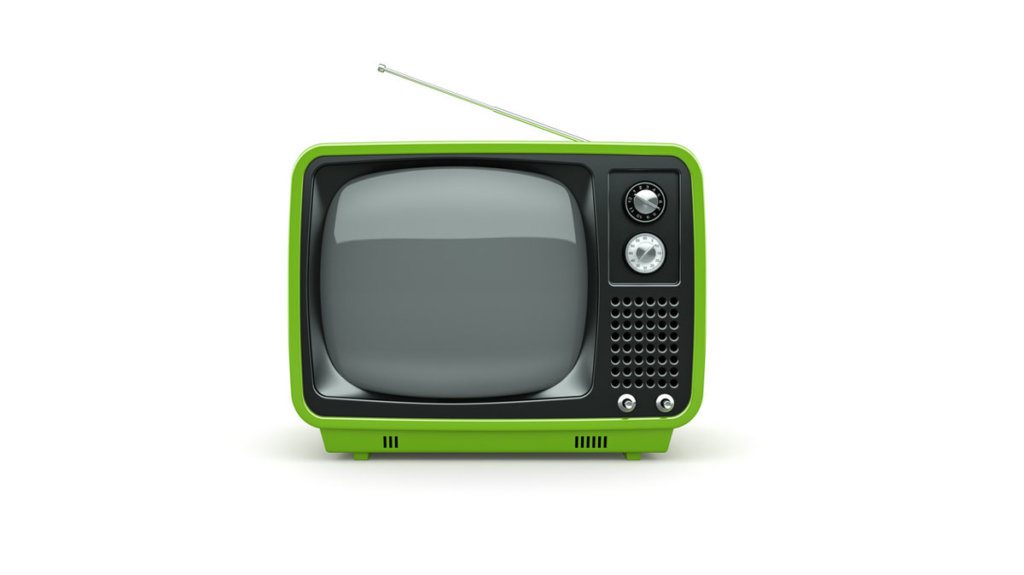We inherit a lot of things from the past – not all of them good. When the telephone was invented by Elisha Grey, it evolved from wired telegraph lines. This was a natural evolution since the telegraph lines already existed and were proven, whereas radio technology was still in its infancy. When television was first introduced, it was radiated through the air to receivers in homes, as there were no cable systems initially, but radio broadcast by then had become a proven technology. However, this was not how the customers wanted to consume these services. When you are being entertained with pictures and sound you usually prefer to be seated. But when you want to talk to someone, you frequently are on the go. So due to technical constraints at the time, we ended up using a wired media for an ideally mobile product, and a wireless media for ideally sedentary product. This helps explains the marketing success of both cell phones and cable television.
As service providers, we are still adjusting the wired and wireless mix, and current technology is still influencing that adjustment.
Claude Shannon (1916-2001)
In 1947 Claude Shannon came along with a remarkable paper “Communication in the Presence of Noise” on the data capacity of a communications channel in the presence of random noise. He stated that the data capacity (C, in bits per second) of the channel is proportional to the bandwidth (B, in Hz) of the channel times log2(1 + signal power/noise power).
This brings up the question of what is the constraint on data capacity for any medium? If you want to increase the data capacity of a channel, is the channel lacking bandwidth, or is signal power constrained? The answer varies by medium. In wireless networks generally bandwidth is scarce. The US government sells it by the Hz, and it is very expensive. In fiber optic cable, signal power is usually required to be relatively low. A single mode fiber starts to go nonlinear at only about 10 milliwatts of power, but it has an enormous amount of bandwidth. On coaxial cable both power and bandwidth are constrained, and increased cable loss at high frequencies increases the noise power at higher frequencies. This is also true for telephony twisted pair, although the attenuation of twisted pair is much greater than coax. Cable’s capacity is not as constrained by Shannon’s Capacity Theorem as it is by common wrong assumptions, some of which are:
Assumption
We need to deliver analog TV signals at any frequency that the cable plant carries.
Reality
Not true. There is no requirement for analog TV delivery at 1.8GHz, which is the highest frequency supported in the DOCSIS® 3.1 specification. In fact, the requirement to deliver ANY analog TV signals is disappearing, or is already gone.
Assumption
4096 QAM is four times better than 1024 QAM.
Reality
Not true again. 4096 QAM transports 12 bits per symbol, and 1024 QAM transports 10 bits per symbol. So, 4096 has only 20% more capacity than 1024. But this 20% comes at an enormous price of 400% more required signal power. On the other hand, if you could somehow find 4X more bandwidth, you could use the same 4096 QAM signal power to transmit 400% more data. (Hint: look above 1GHz)
Assumption
In RF line amplifiers, steep up-tilts are required.
Reality
Not true again. This is a carry-over from analog TV delivery, and is no longer required in DOCSIS 3.1 networks. In fact, the optimal way to spend your signal power is explained in Shannon’s classic paper, in particular Fig. 8. It is now referred to as the water-pour method. For the water-pour method, basically, in bands with low noise, it is optimal to use a higher percentage of the available signal power, and in bands with high noise, it is optimal to use lower percentage of the available signal power. Besides, it is just not practical from a signal power standpoint to extend the up-tilt to 1.8GHz for analog TV delivery.
A technical paper on this topic has been published on the CableLabs website.
In conclusion, our networks are going all digital, the old requirements have changed, and there is a lot of additional data capacity available on cable networks. Data capacity can be accessed both by using higher frequencies and reallocating signal power more wisely.
Tom Williams is a Principal Architect at CableLabs.
